Podcasts
- Our Podcasts
-
MonsterTalk
-
browse past episodes
-
get the app


Episode Notes for
The Plesiosaur Hypothesis
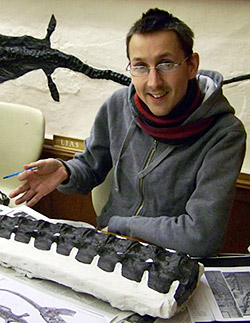
Adam Stuart Smith
Is there a mysterious prehistoric “living fossil” lurking beneath the waters of Loch Ness? The idea that a colony of Plesiosaurs might have survived into modern times in the deep dark waters of Loch Ness has long captured the imagination of cryptozoology fans. But what do we know about these mesozoic marine animals whose fossils disappear from the record at the same time as the dinosaurs? MonsterTalk found an expert to answer some of our questions about what science can tell us of these magnificent beasts.
Dr. Adam Stuart Smith is a specialist in aquatic prehistoric reptiles. He runs the website www.plesiosauria.com and works for the National Museum of Ireland where he is part of a team dedicated to documenting and databasing the Natural History collections.
In this episode
- Did plesiosaurs live in fresh-water or salt-water?
- Did Plesiosaurs lay eggs or give live birth?
- Can we tell anything about the caloric requirements for an animal the size of a plesiosaur? What kind of food they ate?
- What kind of climate did they live in? How widespread were they?
- How big were these animals?
- Listener question: ”The common view of lake monsters shows the animal with a very flexible neck. However, there was some findings on plesiosaurs to show the neck was flexible horizontally but not vertically and certainly not capable to acheive the ‘S’ shape often drawn. What is the latest view about neck flexibility especially how it relates to how the animal feeds and breathes?”
- The “Dinsdale film”, supposedly the best video evidence for the Loch Ness Monster, shows a creature that moves with a paddling action. Is this in keeping with the known locomotion of the plesiosaur?
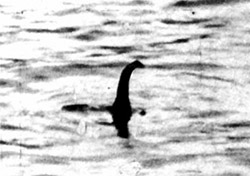
The famous “Surgeon’s Photo” — now recognized as a hoax, but one of the most enduring, iconic images of classic “Nessie.”
- What do scientists think the evolutionary advantage of such a long neck is in an aquatic reptile? And do we have any animals today that have a similar morphology?
- How likely is it that populations of plesios are extant today?
- What size would the breeding population would have to be for plesios to live in modern lakes?
- Plesios were air-breathers, so they would need to remain close to the surface most of the time to breathe?
- When do plesiosaurs disappear from the fossil records?
- We discuss the evolutionary advantage & purpose of their long necks.
In the opening dialogue, we talk about the nature of the “evidence” of Nessie so far, and Ben references his book, Lake Monster Mysteries (co-written with Joe Nickell, with an intro by Loren Coleman).
Some photos of Nessie that don’t add up to much evidence:
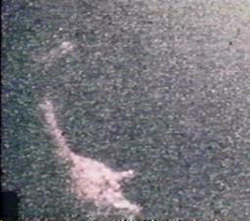
The Rine “treestump” photo
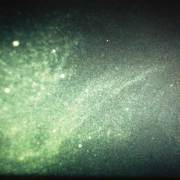
The Rine “Flipper” photo — the un-altered version
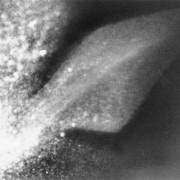
The Rine “Flipper” photo — the retouched version
Episode Transcript
Read a complete transcript of this episode
The views expressed on this program are not necessarily the views of the Skeptics Society or Skeptic magazine.
SKEPTIC App
Whether at home or on the go, the SKEPTIC App is the easiest way to read your favorite articles. Within the app, users can purchase the current issue and back issues. Download the app today and get a 30-day free trial subscription.








